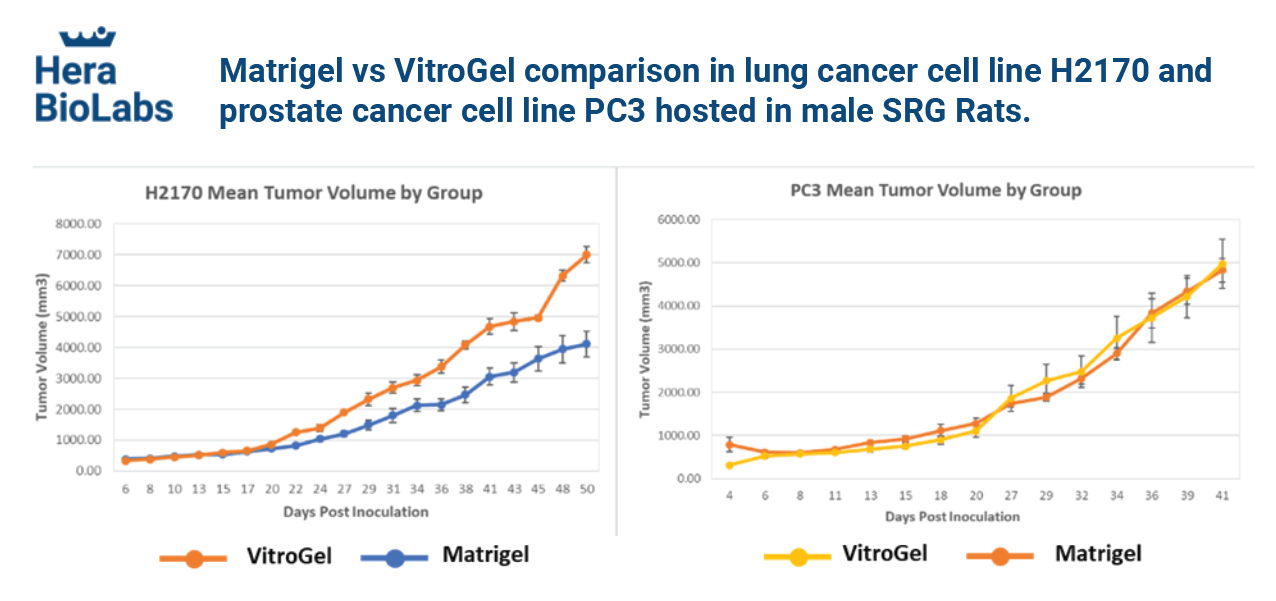Enjoy our 2022 year-end promotion and stock up on all your favorite 3D cell culture products! Save with our current promotion: Spend $650 and get a FREE VitroGel® Cell Recovery Solution ($95 value) Spend $1100 and get a FREE Cyto3D® Live-Dead Assay Kit ($258 value) Spend $1500 and get FREE both VitroGel® Cell Recovery Solution […]
Author Archives: Lauren Sweeney
Institutions:Peking Union Medical College, Beijing, China Team:Ouyang L., Qiu, D., Fu, X., Wu, A., Yang, P., Yang, Z., Wang, Q., Yan, L., and Xiao, R. Application:Wound Healing Disease Model:Type 2 Diabetes Hydrogel:VitroGel® RGD Overexpression of hematopoietic prostaglandin D synthase (HPGDS) in the wound tissue of mice with type 2 diabetes can reduce inflammation and speed […]
Institutions:University of South China, The University of Miami, University of Southern Califormia, The Ohio State University, The Ohio State University Wexner Medical Center, and University of California Team:Cui, J., Dean, D., Hornicek, F.J., Pollock, R.E., Hoffman, R.M., and Duan, Z. Application:3D cell culture Disease Model:Liposarcoma Hydrogel:VitroGel® 3D The use of a 3D cell culture was […]
Institutions:Shandong University and University of Jinan, China Team:Chen Y., Zhang X., Xiaoya L., Wu H., Zhang D., Zhu B., and Huang S. Application:HSC2 or CAL-27 cells in VitroGel xenografted into nude mice- identification of hypoxic levels in vivo Disease Model:Cancer progression and diagnosis Hydrogel:VitroGel® 3D Kit Cancer cells grown in VitroGel 3D can be detected […]
Institutions: Universitätsmedizin Berlin, and the German Cancer Consortium Team: Uhlitz F., Bischoff, P., Peidli, S., et al. Application: Cancer Research Disease Model: Colorectal Cancer Viability Analysis: Cyto3D® Live-Dead Assay Kit Mitogen-activated protein kinases divert the normal developmental path in colorectal cells onto a road to cancer, and distinct RNA signals reveal this change. The sequence […]
Institutions:Rutgers Team:Bhatt, R., Ravi, D., Evens, A.M., and Parekkadan, B. Application:Cancer Research Disease Model:Lymphoma Hydrogel:VitroGel® Hydrogel Matrix Cells propagated in a hydrogel 3D cell culture grow more slowly than they do in 2D cultures but exhibit more biological realism which is critical for cancer drug screening and therapy. Cancer progression is a very complex process, […]
TheWell Bioscience is excited for Hera BioLabs to be presenting at AALAS 2022. Dr. Fallon Noto, Ph.D., Executive Director R&D/ In Vivo services will be presenting VitroGel® data at the in-person presentation “Husbandry Guidelines & Xenograft Processes for the SRG Rat” on Monday, October 24th at 2:15 PM EDT in Louisville, KY. This talk will […]
Introduction Patient-derived xenografts are becoming state-of-the-art for studying tumor behavior and drug responsiveness in a salient environment1. A patient-derived xenograft (PDX) is obtained when a tumor sample is removed from a patient, implanted into an immunosuppressed murine host, and then queried for cellular or molecular characteristics that could be of therapeutic value to the patient. […]
Introduction A cell-derived xenograft (CDX) model is the gold standard for anti-cancer therapies. The response of xenografts obtained in immune-deficient animals in drug testing is comparable to that in clinical practice, which makes xenograft models robust research tools in oncology1. In addition, over the past decades, patient-derived xenograft (PDX) models have emerged for precision medicine […]
Application Note TheWell Bioscience, North Brunswick, NJ 08902 Over the past decade, advances in stem cells and 3D cell culture technologies have reignited interest in organoid research. Organoids are derived from stem cells such as human pluripotent stem cells (hPSCs) or stem/progenitor cells and are composed of different cell types that are able to self-organize, […]











